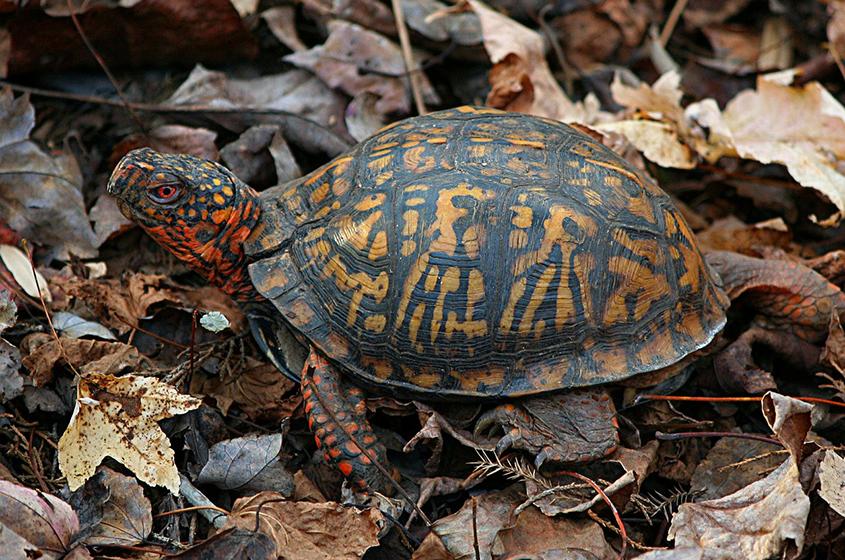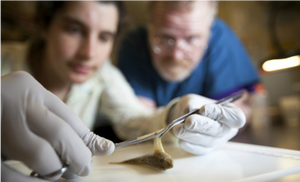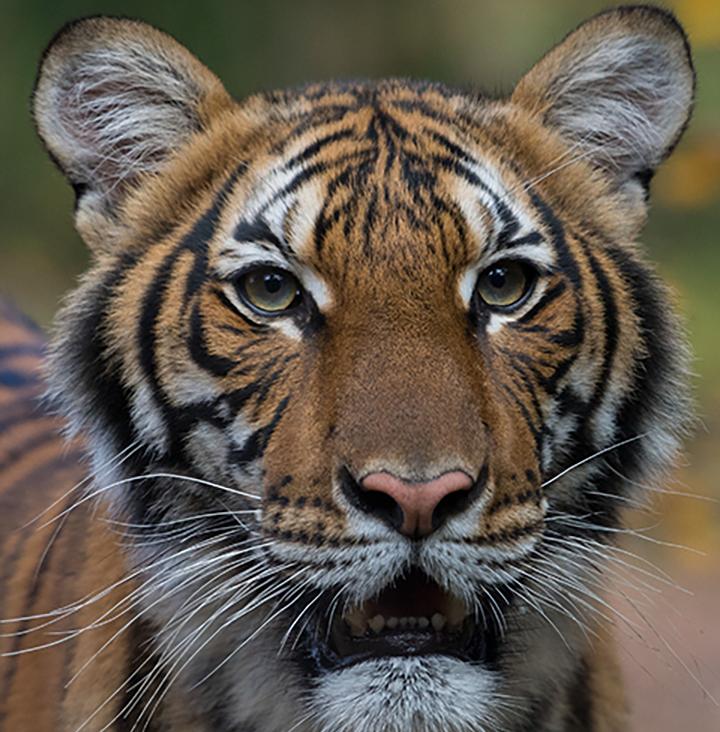In the News
Video
May 20, 2020
On May 20, 2020, we hosted a panel discussion for current Cornell DVM students interested in wildlife health-related careers.
May 07, 2020
The Cornell Wildlife Health Center's Dr. Steve Osofsky discusses the role of wildlife markets in igniting pandemics.

April 29, 2020
As the world grapples with the worst global public health emergency in recent memory, more than 100 scientists and conservation leaders from 25 countries are calling on governments across the globe to address high-risk wildlife trade to reduce the chance of another outbreak.
April 23, 2020
The Cornell Wildlife Health Center's Dr. Steve Osofsky discusses how One Health and Planetary Health approaches emphasize a “preventive medicine perspective – stopping problems earlier, rather than dealing with the consequences” and could help prevent the next pandemic.

Blog
April 22, 2020
We drafted The Manhattan Principles on 'One World, One Health' in 2004. In 2020, let’s act as if we truly comprehend the pandemic’s stark reminder that there really is only one world, and one health. May Earth Days to come be better for it.

April 22, 2020
by
Steve Osofsky
We drafted The Manhattan Principles on 'One World, One Health' in 2004. In 2020, let’s act as if we truly comprehend the pandemic’s stark reminder that there really is only one world, and one health. May Earth Days to come be better for it.

For Your Information
April 21, 2020
Most people value wildlife encounters, and there’s a fascination that comes from a taxa so vastly different than our own. But, many species of reptiles and amphibians are declining in the wild, facing threats such as habitat loss, unscrupulous collection, and disease. Therefore, great care must be taken to ensure that we do not negatively impact that which we love.

April 10, 2020
“When we harvest wild animals from all over the world and bring them into markets, let them all mix together, what we’re doing is creating the perfect storm..." says the Cornell Wildlife Health Center's Steve Osofsky, on wet markets.

Blog
April 07, 2020
The Cornell Wildlife Health Center's Dr. Rodman Getchell gives a behind-the-scenes look at the exciting aquatic animal health research being done at Cornell, and the significant role it plays in responding to emerging issues in fish health in New York State and internationally.

April 05, 2020
The Animal Health Diagnostic Center at Cornell University conducted initial COVID-19 testing of samples from a Bronx Zoo tiger. It is believed to be the first known case of an animal infected with SARS-Cov-2 in the U.S. and the first tiger worldwide.
